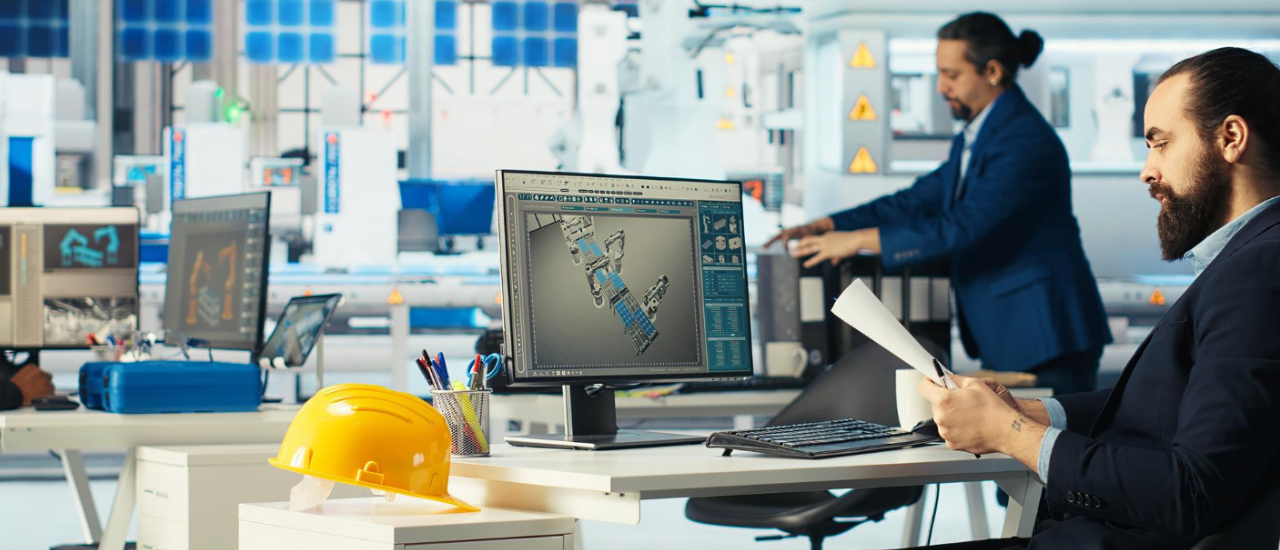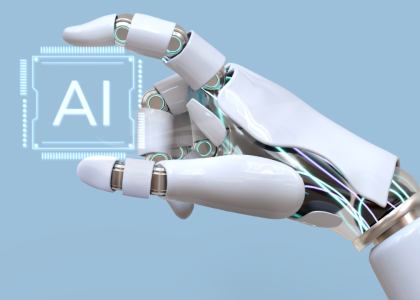Choosing the appropriate project methodology is crucial in maritime project success. With complex logistics, strict compliance requirements, and high-value investments, the stakes are too high for trial and error. Two dominant approaches dominate the field: the traditional Waterfall method and the more adaptive Agile model. Each has strengths and weaknesses depending on the project’s scope, timeline, and flexibility requirements (image by: freepik).
In the maritime sector, project failures often stem from misaligned planning and execution. Selecting the wrong framework can lead to budget overruns, delays, and miscommunication between stakeholders. Understanding the core principles of Waterfall vs. Agile will help project managers align strategy with desired outcomes.
Understanding the Waterfall Approach in Maritime Settings
The Waterfall methodology is a linear, sequential approach where each project phase must be completed before the next begins. It is widely used in highly regulated environments like shipbuilding or retrofitting where documentation, approvals, and compliance steps are fixed and critical. For long-term planning with clearly defined requirements, Waterfall maritime projects offer predictability and structure.
However, this model lacks flexibility. Once a stage is completed, going back to make changes is difficult, which can be a significant issue if new regulations or unforeseen complications arise. Still, for projects like naval vessel design or standardized barge construction, Waterfall can ensure thorough documentation and quality assurance.
Optimize your project’s framework. Let’s discuss the best methodology for your unique maritime endeavor.
Agile Methodology in Maritime Innovation
Agile prioritizes flexibility and rapid iteration. Teams work in short cycles, allowing for frequent adjustments based on stakeholder feedback. This model is ideal for maritime technology development, custom vessel designs, or cross-disciplinary innovation projects. Agile promotes transparency, real-time communication, and the ability to pivot when conditions change.
Compared to Waterfall, Agile supports a more dynamic and collaborative process. It’s especially beneficial when clients aren’t entirely sure of the final deliverable at the start. Projects that embrace experimentation—such as alternative fuel systems or smart navigation integration—can greatly benefit from Agile’s structure.
Agile vs. Waterfall: Which Project Methodology Fits Best?
There is no one-size-fits-all answer. Your decision should be based on factors such as team structure, regulatory environment, stakeholder involvement, and the degree of uncertainty in project outcomes. For maritime projects that need high precision and fixed deliverables, Waterfall provides control. For projects that must respond to innovation and fast-moving developments, Agile offers flexibility and speed.
Many maritime organizations now adopt a hybrid approach—using Waterfall for engineering and procurement phases while applying Agile to design and testing. This combination offers the best of both worlds: structure and adaptability.
Making an Informed Choice for Maritime Success
Deciding between Agile and Waterfall is more than a technical choice—it’s a strategic one. Project methodology impacts everything from budget planning and communication flow to client satisfaction and delivery speed. The maritime industry’s evolving demands require a methodology aligned with both regulatory needs and technological innovation.
Unsure which project methodology fits your maritime vision? Consult with our experts to select the optimal approach for success.







